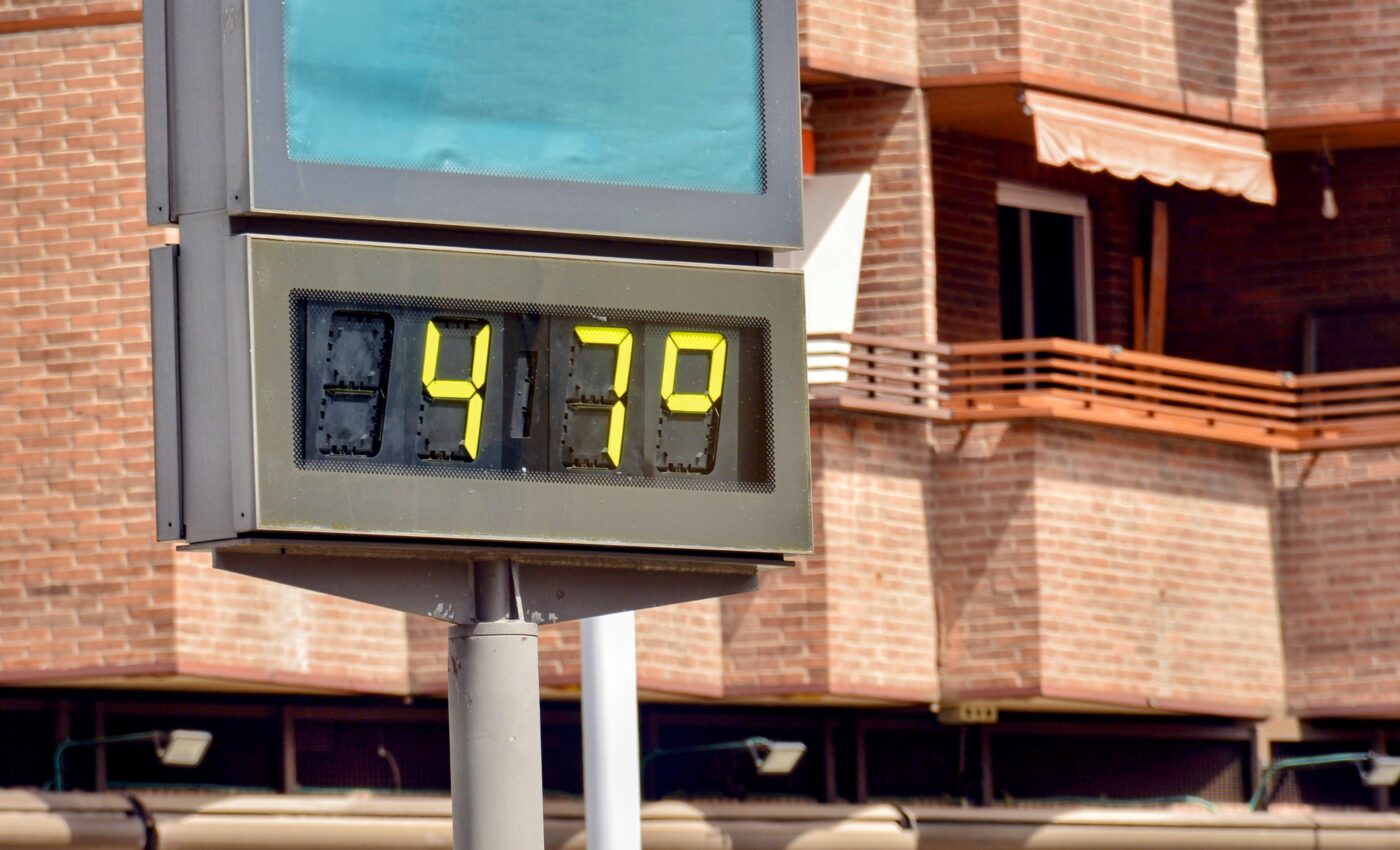
Deadly summer: More than 61,000 deaths linked to Europe's 2022 heatwaves
In the scorching summer of 2022, record-breaking heatwaves swept across Europe, marking it as the hottest summer ever documented in the continent’s history.
These unprecedented events ignited forest fires, spurred droughts, and dried up major rivers. Even more devastatingly, a new study has linked Europe’s record heat to an estimated 61,672 deaths between May 30 and September 4, 2022.
The grim results, published in the journal Nature Medicine, highlight the catastrophic human toll of intensifying global warming trends.
Eurostat, the European statistical office, had previously reported a significant spike in mortality for that period, yet the contribution of extreme heat had not been precisely quantified.
How the research was conducted
The current study was a collaborative effort by experts at the Barcelona Institute for Global Health (ISGlobal), an institution supported by the “la Caixa” Foundation, and the French National Institute of Health (Inserm).
The researchers accessed temperature and mortality data for 2015-2022 from 823 regions spanning 35 European countries. Collectively, the data represented a population of over 543 million people.
Based on this information, the team developed epidemiological models to estimate temperature-attributable mortality for each region and week of the summer period.
Throughout the summer of 2022, sweltering heat was relentless, with above-average temperatures occurring every week. The hottest weather lingered from mid-July to mid-August, coinciding with the most deadly period of heat-related mortality. In this month alone, a staggering 38,881 deaths were recorded.
Geographical disparities
Italy endured the highest number of heat-related fatalities, with 18,010 deaths. Spain and Germany followed with 11,324 and 8,173 deaths respectively.
When the data is adjusted by population, Italy again emerges as the most affected, with 295 heat-related deaths per million, followed by Greece (280), Spain (237), and Portugal (211). The European average was calculated at 114 deaths per million.
In terms of temperature anomalies, France experienced the warmest conditions with temperatures rising +2.43°C above the average values for the period 1991-2020. Switzerland (+2.30°C), Italy (+2.28°C), Hungary (+2.13°C), and Spain (+2.11°C) were also severely impacted.
Mortality rate and gender
The study further highlighted a troubling disparity in terms of age and gender. Older age groups, particularly women, were disproportionately affected. Overall, 4,822 victims were under 65 years of age, 9,226 were between 65 and 79, and 36,848 were over the age of 79.
Gender-specific data revealed that heat-attributable mortality was 63% higher in women than in men. This manifested as 35,406 premature deaths (or 145 deaths per million) in women compared to 21,667 (or 93 per million) in men.
This increased susceptibility to heat was observed across the population but was especially pronounced in women over 80, who had a mortality rate 27% higher than their male counterparts. Conversely, men under 65 and those aged 65-79 saw higher mortality rates than women by 41% and 13% respectively.
Summer deaths in 2003
The disastrous summer of 2022 is comparable to the deadly 2003 heatwave, which caused over 70,000 excess deaths.
According to Joan Ballester Claramunt, the lead author of the study and a researcher at ISGlobal, the summer of 2003 was a rarity even when accounting for anthropogenic warming observed up until that point.
The events of 2003 exposed the deficiencies in health systems’ capacity to handle climate-related emergencies, leading to the implementation of prevention plans in subsequent years.
Contrastingly, the temperatures recorded in the summer of 2022 were not exceptional when compared to the recent temperature series. This affirms that warming has accelerated over the last decade.
“The fact that more than 61,600 people in Europe died of heat stress in the summer of 2022, even though, unlike in 2003, many countries already had active prevention plans in place, suggests that the adaptation strategies currently available may still be insufficient,” noted Joan Ballester Claramunt.
Prevention plans urgently needed
Hicham Achebak, a researcher at Inserm and ISGlobal, echoed Ballester’s sentiment, emphasizing the pressing need to reassess and bolster prevention plans. This need is particularly urgent given the escalating warming trends and the fact that Europe is experiencing warming rates up to 1°C higher than the global average.
The researchers project a bleak future if effective adaptive responses are not implemented. The team estimates that, in the absence of such measures, the continent could face an average of more than 68,000 premature deaths each summer by 2030 and exceed 94,000 by 2040.
This stark prediction highlights the urgent need to address the age and gender gaps in vulnerability to heat, improve adaptation strategies, and, most importantly, tackle the root causes of the accelerating climate crisis.
—-
Check us out on EarthSnap, a free app brought to you by Eric Ralls and Earth.com.













